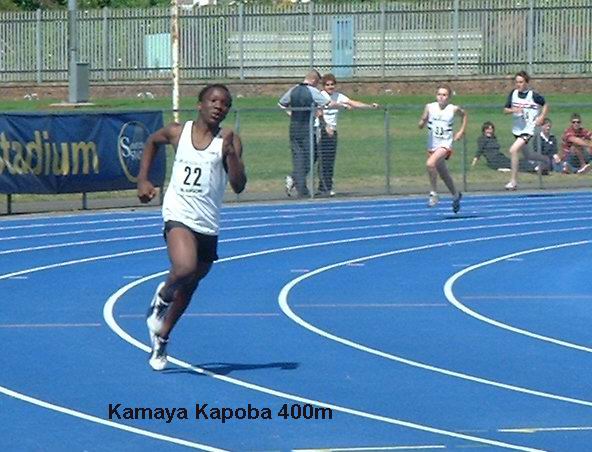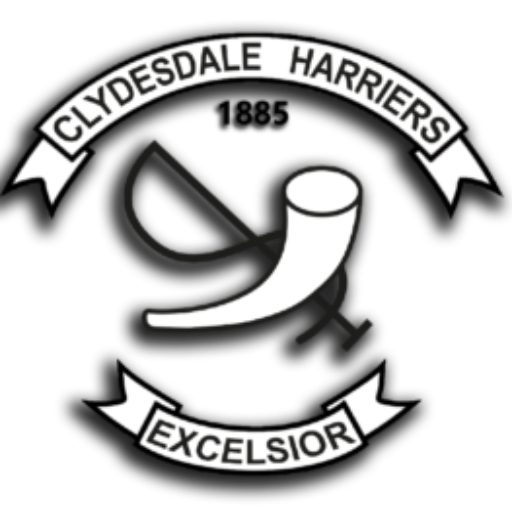
I see and talk to former club athletes including some who were good sprinters or middle distance runners. I met one recently who is training a young football team and was asking if I had any good speed sessions: he was already using some of the ones that he had done. Although it is a good time for the football season it’s not quite so relevant at this part of the year on the track but here goes, anyway.
Start with the easy one and look at speed for the middle distance runners. I mean speed for the finish and not pace over the distance which is different. If you’re running down the back straight and want to make a break, what’s the first thing you do? Get up on your toes, or at least the front part of the foot. If you look at sprinters finishing a race, they cross the line and sink down on to their foot to walk away, when you watch distance runners of club standard, aye and even at Scottish championships, they cross the line and stand up to walk away. So, when you are racing down the back straight side by side with another and suddenly get up on your feet to take off, you are immediately taller than he is and dominating him physically. By the time he’s figured it out, you’re out of there and if he wants to catch you, he has some work to do. You can also practice the finish by ending a session with four or five ‘make the break’ sessions – I’ve done that with Scottish international distance runners as well as middle distance runners as well as 15 and 17 year olds. A great way to end the session.
When it comes to sprinters, it is always a good way to sharpen up at any time of the season. At this time of the year, with the highland games in full swing after the championship season, there are prizes to be won and unlike former years, prizes now mean money! Speed off the mark is essential if you want to pay your driver’s petrol for the journey home. Starting blocks are allowed now. Practice them every session on the track with four or five runs at the start or even make one evening a start practice session. The pillar of the blocks goes down one foot length away from the starting line; the front foot block is another foot length down the line and the rear foot block is another foot length back. It’s possible to forget a tape measure if that’s what you’ve decided to use, but you won’t forget your feet. make sure the blocks are firm – you don’t want them to slip – John Regis, a multi Olympian, was a bit careless in this regard, and his blocks slipped right at the start and he didn’t finish the race. Once they’re in position runners often stand with one foot on each end to make sure they’re in place – if you do that the do not put both feet in the middle of the pillar to stick then in, that only raises each end. Practice starts. Sessions for speed endurance might include what were called ‘screwdrivers’. ie Run 100 [30 seconds recovery] run 80 [20 seconds recovery] run 60 [10 seconds recovery] run 40. For speed practice how about short handicaps over say 30 or 40 yards – run one so that the coach knows what the relative differences are; then the coach handicaps the runners for the next few repeats with the fastest being the back marker and the slowest the front marker and the others slotted in according to their ability. You can get a couple of age groups in the same handicapped group of course. The acceleration drills using back lying and front lying starts, even three point starts, are all great things to put into the night’s training. Relay racing practice with two or three teams of two passing the baton with a 20 metre flying run in by one, the other collecting the baton and racing flat out for about 20 yards – if the outgoing runner places the check mark appropriately fine, if not adjust it until it is. Check marks – very often the runner places a wee 2 or 3 inch piece of electrician’s tape at the edge of the lane as a marker; no need to be so shy. A six inch piece of tape is perfectly legal and so is placing it in the middle of the lane – easier for the outgoing runner to see a six inch which strip in the centre of the lane. Baton passing practice is a good individual session in its own right with maybe after a wee rest a complete race of 4 x 100 to finish off.
For the actual passing – the whole team should be told that “The baton lives in the middle of the lane!” If it is passed down the middle, and the out going hand is in the middle, there is a chance that even a pair who don’t know each other well might get it done safely.
